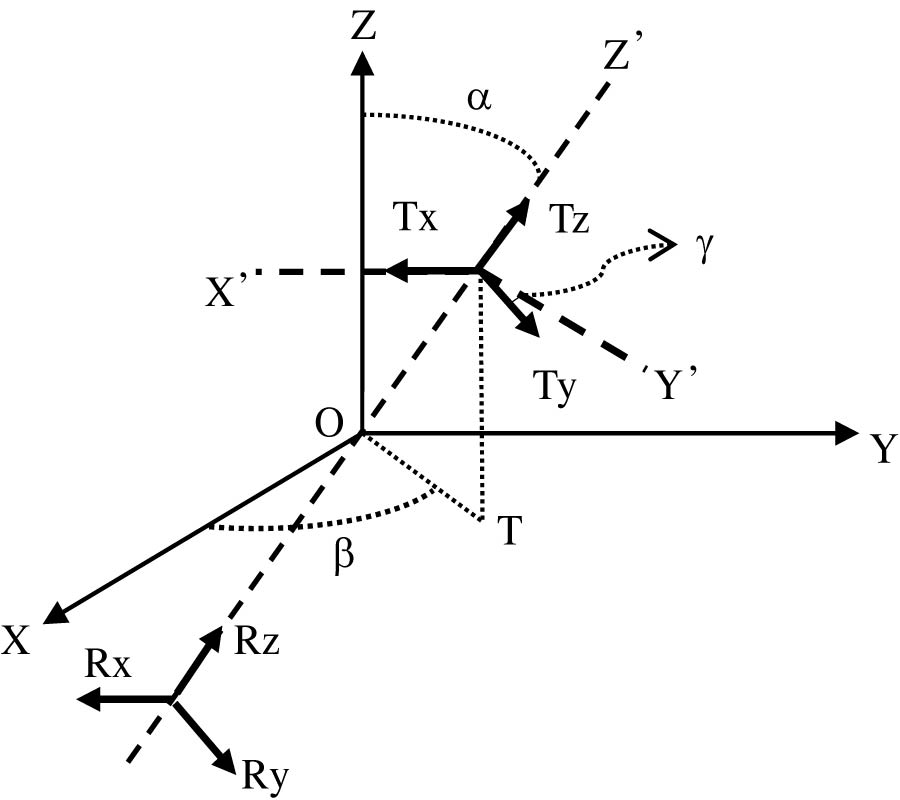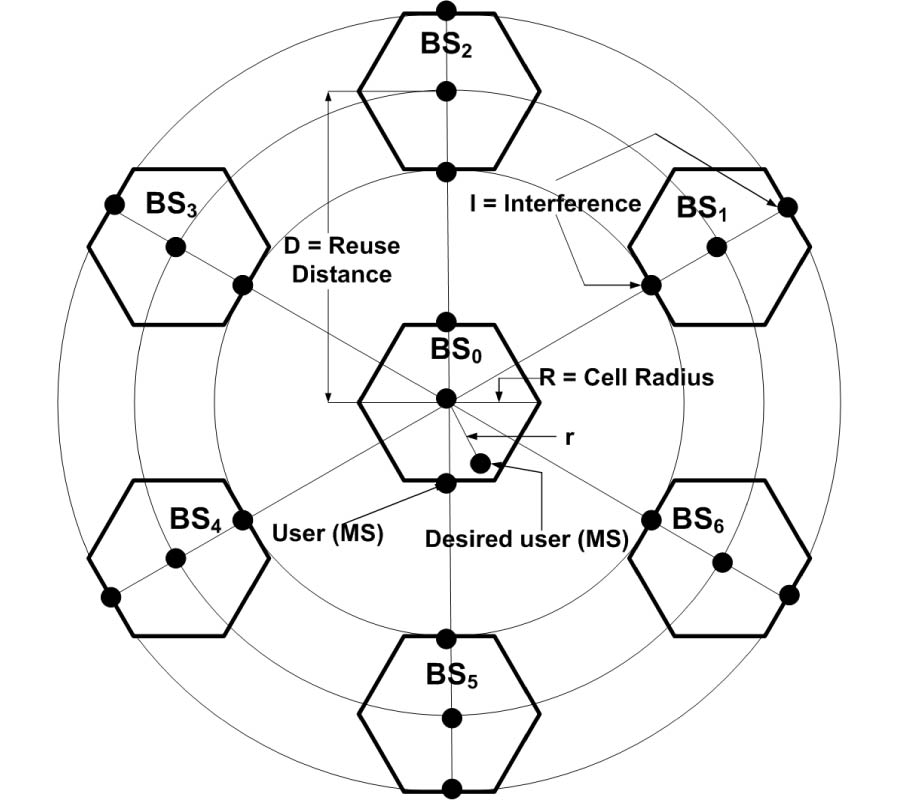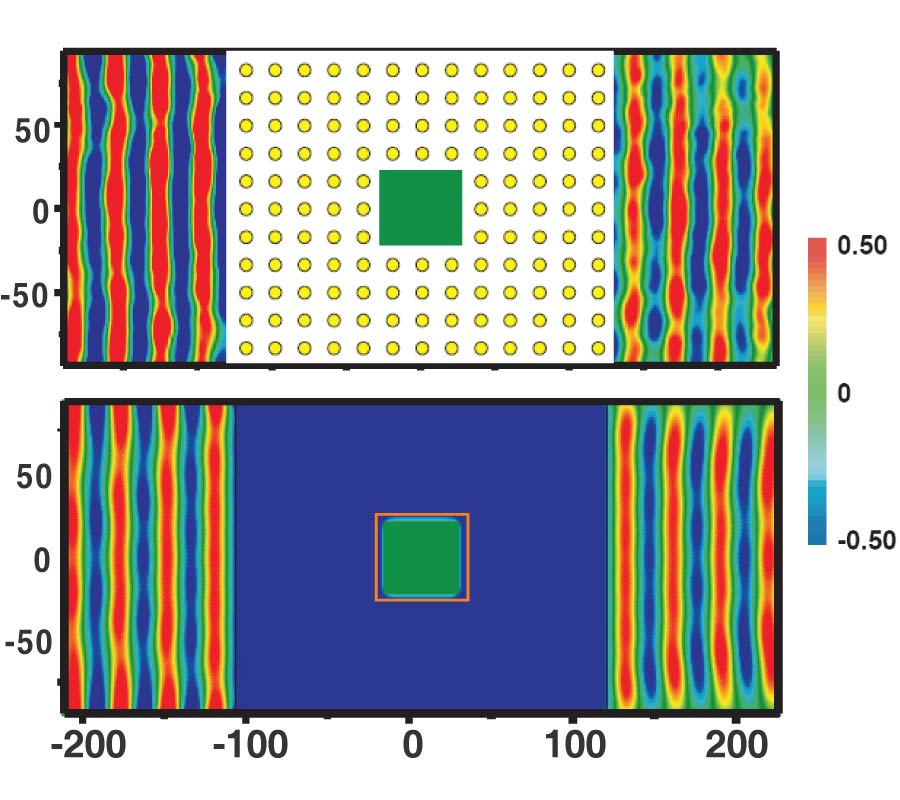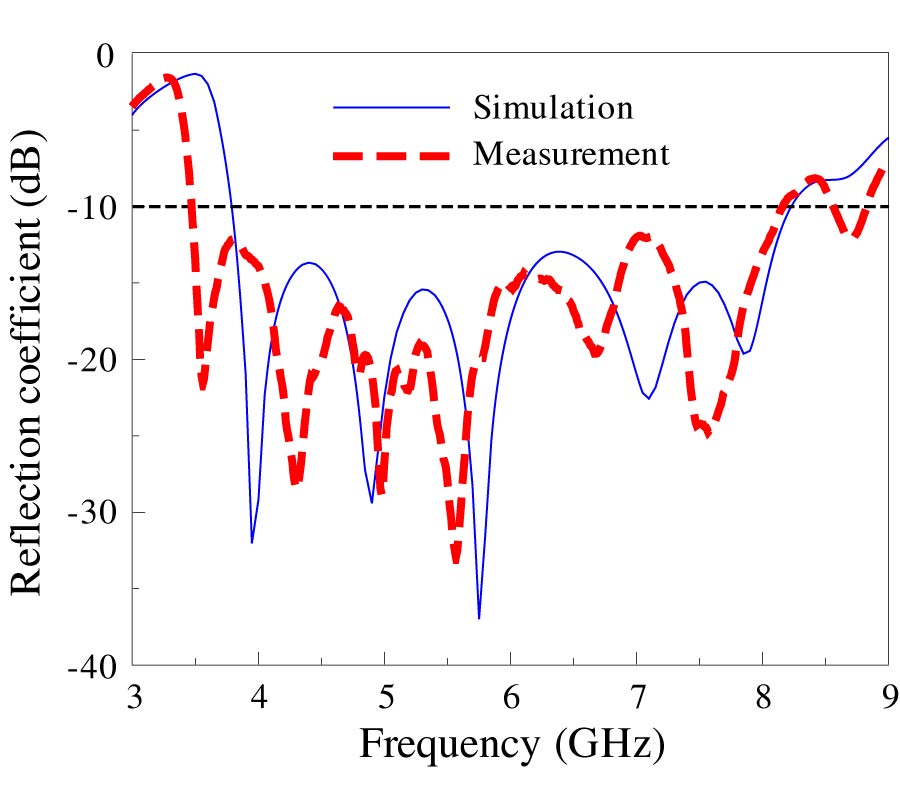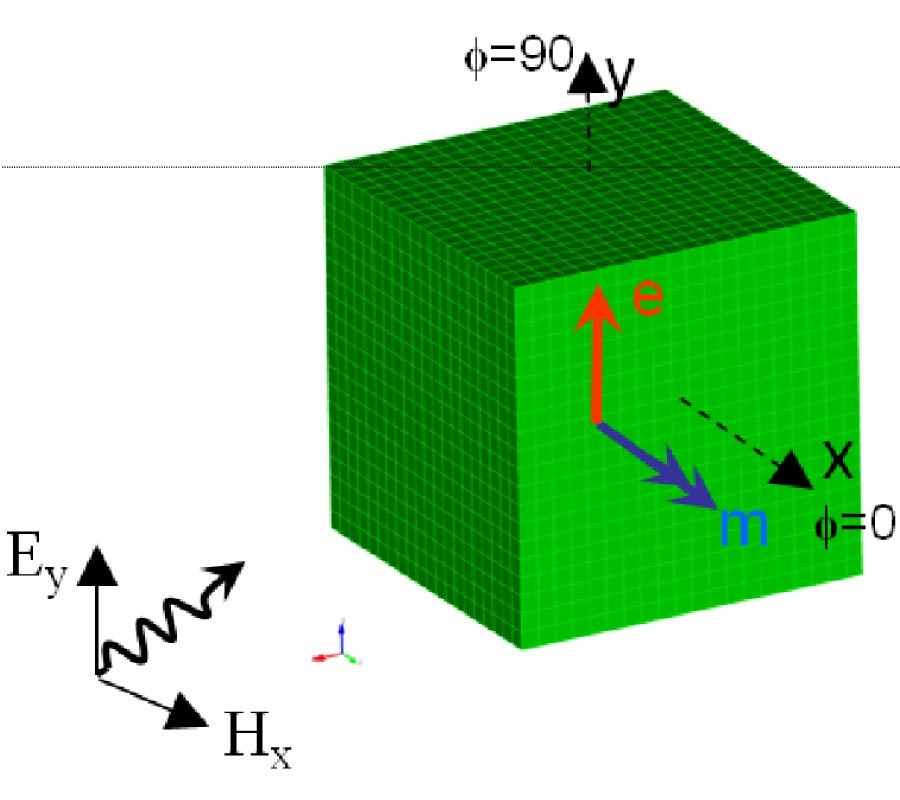2012-10-10 Latest Published
By Luca Catarinucci
Luciano Tarricone
Progress In Electromagnetics Research B, Vol. 44, 427-445, 2012
Abstract
The numerical calculation of the Specific Absorption Rate (SAR) averaged over a certain tissue mass is a common practice when evaluating the potential health risk due to the human exposure to electromagnetic sources. Nevertheless, SAR values are strongly influenced by many factors such as, for instance, the shape of the volume containing the reference mass, the spatial discretization step, or the treatment of internal air, just to mention some of them: different choices can induce significant discrepancies. In this work an overview on some of the most commonly adopted SAR algorithms is firstly presented, and a discussion on their potential differences reported. Then, based on a spherical volume approach, some new algorithms are proposed. All the algorithms are then used to evaluate the SAR both in artificially generated test cases and in some practical human-antenna interaction problems. The result comparison highlights relevant discrepancies and enforces the necessity of a reasoned standardization of the techniques for the SAR calculation.


